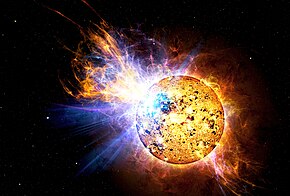But I don't like to talk about this delays and the big amount of money that they would cost, apart to the cost of the system itself.
Don't wanna forget Glonass (Rusian) and the Compass project (Chinese-European) , but my knowledge is more about GPS and GNSS (Galileo). What's the difference between this two systems? All this satellite systems lives in the medium earth orbit (about 20000km from earth surface), how can they be different? The name says the difference: The Gps is a positioning system, and Galileo is made for navigation. Motion is the difference, and this difference is given by precision.
The mathematics behind it are the same in all this systems. But how this precision is given? By the time... Yes, the precision given by the location systems is given by how precise is the clock in the satellite and the information provided in the broadcast of the signal. Part of this signal can be emitted encrypted to only allow to certain users to access to the complete time stamp.
The other difference between gps and galileo is the orientation of the service. Gps is a military project from the US, because of that the main goal of the system is the availability for military applications, and the civilian service is a secondary thing. The precision of the system, then, depends of which type of user you are. But Galileo is civilian from scratch, even this doesn't mean open for every one.
Galileo will have an open access signal, accessible by every one like gps, with some better presision. But there will have some levels more:
- Commertial: Paying a price, the user will have the right for a controlled access for commercial applications who require more more than the basic, and a warranty on the service.
- Regulated: Paying another price, it's oriented to high security applications who cannot suffer interruption or distortion due to its security reasons.



